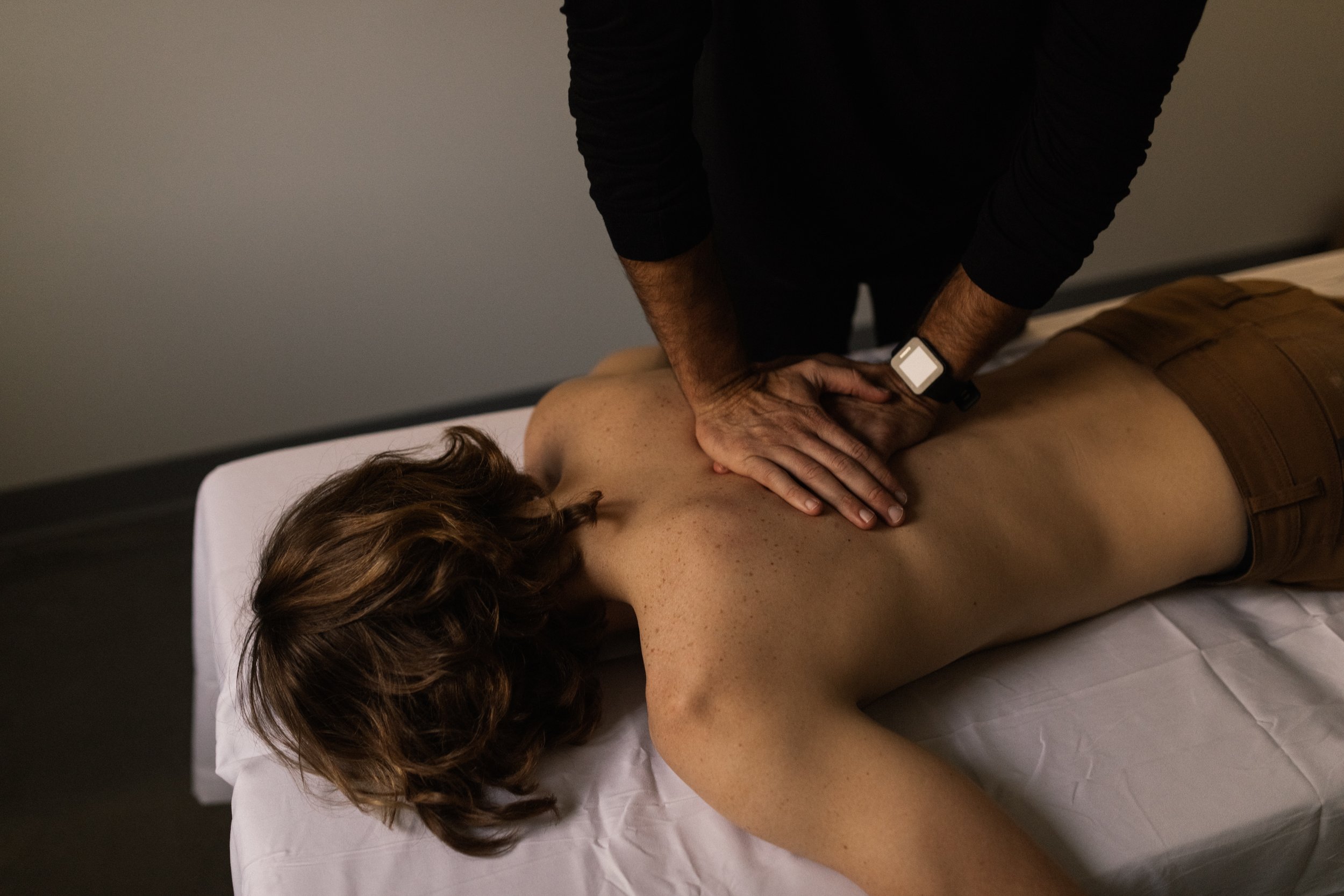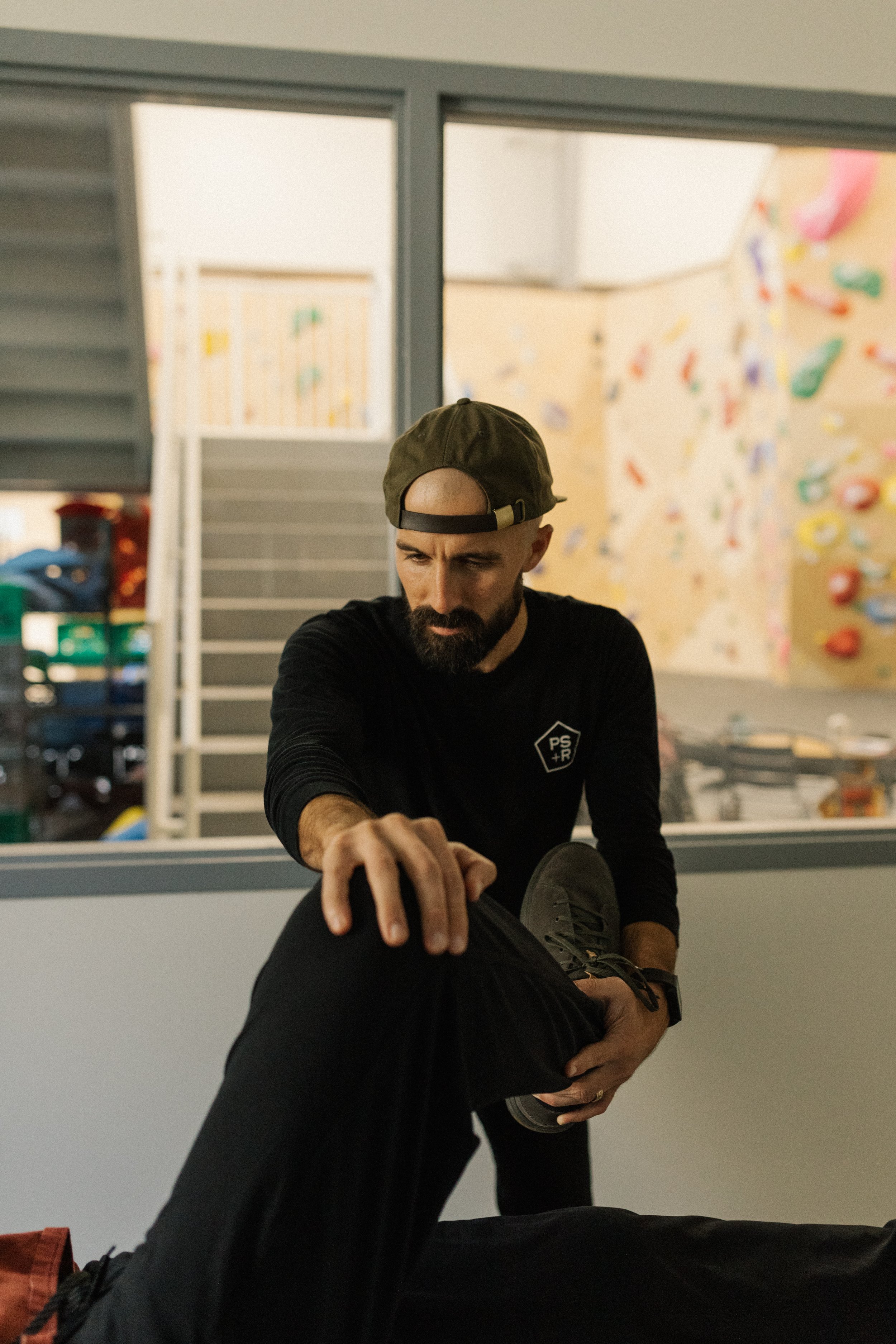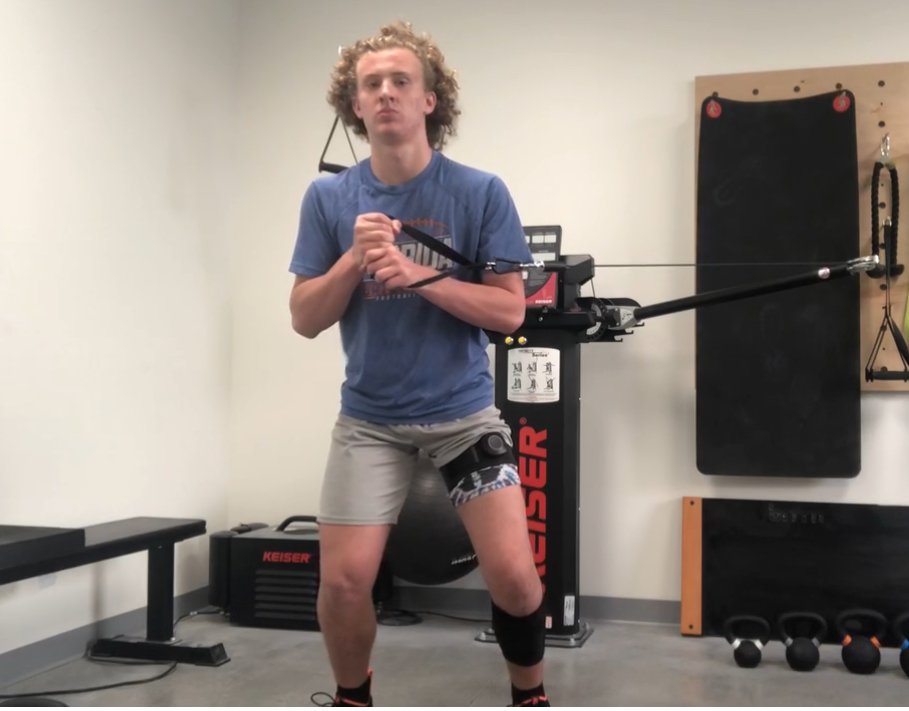
PERFORMANCE PHYSICAL THERAPY
PS+R provides world class physical therapy services to individuals who sustain injury or need assistance with pre and post-operative care. Through our specialized testing battery, we can best identify limitations and subsequent strategies to optimize return-to-performance while mitigating future injury risk. These positive adaptations are facilitated through a combination of specialized manual therapies and exercise prescription. All physical therapy sessions are 1-on-1 for 60 minutes.
Dry Needling With Stimulation
Dry needling with electrical stimulation is a technique utilized to reduce pain, decrease muscle tone, and retrain dysfunctional tissue. This allows for faster restoration of global movement patterns following injury.
Instrument Assisted Soft Tissue Massage (IASTM)
IASTM is an intervention to improve myosfasical dysfunction (Skin, muscle, fascia, tendon, and scar tissue) that has resulted from daily movement habits or injury. By applying pressure to the tissue abnormal restriction can be “broken down” and reabsorbed into the body resulting in a remolding of the dysfunctional tissue.
Joint Mobilizations
Joint mobilization is a formed of manual therapy where the joint is passively moved at various speeds and amplitudes. This intervention is effective for restoring range of motion and reducing pain.
Mobilization With Movement (MWM)
Mobilization with movement combines the natural glide of a joint with simultaneous limb motion. MWM is used to improve joint and limb range of motion allowing for pain-free global movement patterns to be restored.
Exercise Prescription / Movement
The ultimate goal of all performance physical therapy is to restore pain-free movement patterns. Once movement competency is established individuals will be progressed into various loading strategies to improve strength within those patterns.
Blood Flow Restriction
Blood flow restriction allows individuals to load various tissues earlier in the rehab process through the occlusion of blood flow to working muscle. This practice simulates a response that mimics that of high loading/high intensity training without high intensity/loaded exercises.







